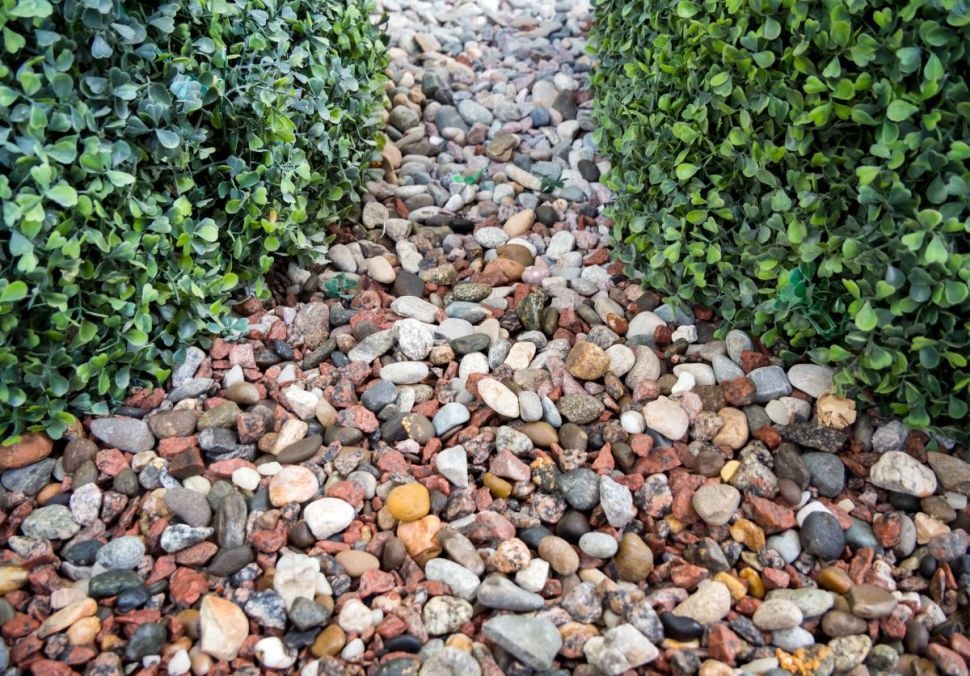Pros and cons of stone mulching in garden beds – part 1

Porsche or Ferrari? That is the core of the discussion on whether the use of river pebbles or gravel for mulching in garden beds is good or quite deficient. Both of these approaches have their pluses, as is the case of the two famous car manufacturers. Apart from pluses, there are of course some minuses. Well, how do the two compare?
Little stones and rough gravel are evergreens in gardens. They have been and they are going to be used. In comparison with the common wooden mulching, their maintenance is minimal or almost non-existent. They can withstand almost anything. You put them where you need them, and they stay there. They do not change colour, drought, hot temperatures, frost or rain do not affect them. They just exist with no interaction with the environment.
It is a solution that stays with you
Disadvantages? The certainty of timelessness can become a burden. Once you decide that you do not want stone mulching anymore, whatever the reason. It is very difficult to dig them out and get rid of them. They set in the ground and become a part of the soil. A part of the material will just stay in the area of placement and it will affect the qualities of soil. It is a decision which is hard to take back. And that can be a huge obstacle – they can practically be picked up only manually. And that would be a job for Cinderella.
Gravel mulch does not decompose. It is not organic. In theory, it could be in the garden longer than you. If you need to bring some new live to it, you can just add new stones and spread the new layer. And as was already said, a solution that consists in just adding another layer might not be ideal. If you use gravel mulch you do not have to worry that little stones will get blown or washed away. On the other hand, you will not get rid of them.

You will protect the soil but also change it
Stone mulching can be helpful in gardens that are blown out by wind (and the nutritious substrate disappears from them). Stones retain humus in the soil and protect it from being taken away. They are also popular with designers because it is easy to create desired shapes in the garden with them.
Lately, stones are proposed as ideal substrate for places that fight drought. They protect the soil from drying out. That is why they start appearing more often in the designs of modern decorative gardens. Nevertheless, there is one catch: with stone ground and xerophytic plants, your garden will be low-maintenance and drought resistant – you will adapt and adjust but you will not create shade or moisture. It is a solution that smells a bit of resignation.

Source: www.ceskestavby.cz
